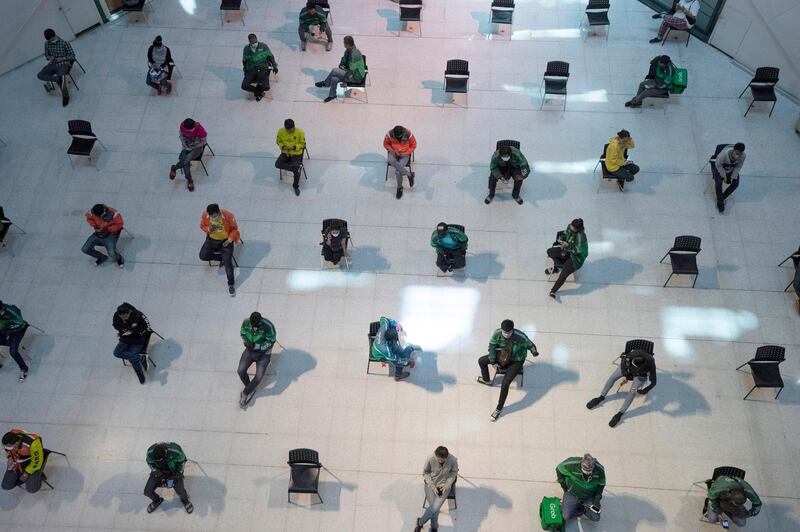As the number of confirmed coronavirus cases in Germany tops 30,000, its European neighbours have been looking for answers as to why the country’s mortality rate is so low.
Germany has the fifth highest number of cases in the world but its Covid-19 death rate stands at around 0.4 per cent.
The figures are in stark contrast to Italy, where the mortality rate is estimated at around 9 per cent, and Spain, which has a rate of around 7 per cent.
The World Health Organisation (WHO) estimates that the global mortality rate stood at 3.4 per cent, with more than 19,000 patients thought to have died with coronavirus worldwide.
Germany’s has enforced social distancing measures, banning gatherings of more than two people and closed non-essential shops. Two states, Bavaria and Saarland, have opted for much stricter rules and have told their residents to stay at home.
Healthcare in Germany is one of the best in the world. The country with a population of 80 million has about 28,000 intensive care beds. This number will be doubled. In comparison, Italy with a population of 60 million had 5,000 beds before the crisis.
David Heymann, former executive director of the WHO Communicable Diseases Cluster, said differing European mortality rates could be explained by the capacity of hospitals in the country to deal with people who are infected as well as the age of those who are infected.
“Spain and Italy have about 20 to 25 per cent population over 60 years of age, which is much different in other parts of the world including Africa and Asia,” Professor Heymann explained during a webinar for think tank Chatham House.
Sightline with Tim Marshall - Europe under Coronavirus

“Elderly populations, which have comorbidities such as high blood pressure, diabetes and lung disease, are those at greatest risk. There are more people in those countries who are at risk of getting serious illness.
“We understand that hospitals have not been able to cope with all the people who have required health support and respiratory support using ventilators.”
While Germany also has an ageing population, its rigorous testing has helped limit the number of cases needing hospital treatment, according to Professor Heymann, who headed up WHO’s global response to SARS.
“In Germany, they’ve been able to space out their serious illness by an aggressive approach to contact tracing, identifying people and isolating those people. They’ve been able to accommodate their population, who are also quite elderly and have comorbidities,” he said.
Analysis by Bloomberg, showed that Germany has been able to better prevent older members of its society from being infected. In Germany, 82 per cent of positive coronavirus cases are in people under 60. While in Italy, 74 per cent of those infected are over 50.
Italy’s unsuccessful request for assistance from partners within the 27-member European Union has highlighted how the battle against the pandemic has been fought on national lines, said an expert from the Royal United Services Institute, a UK think tank. Only Germany has now started to receive Italian patients for treatment.
Italy had an “absolutely horrible experience” when it appealed for medical supplies from its EU colleagues and failure respond made the situation there much worse, said Elisabeth Braw, a senior researcher.
However, there are fears that the virus could still spread among older generations of Germans.
Lothar Wieler, head of the country's health institute, warned earlier this week that Germany was “only at the beginning of the epidemic”.























